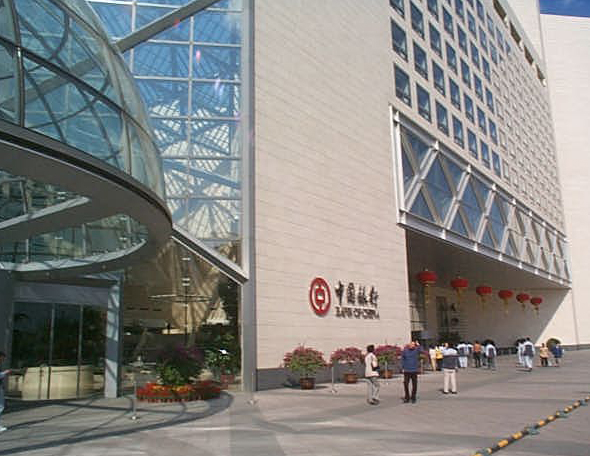Many technology leaders entered 2023 prepared for a potential recession
Despite the current economic uncertainty, 72 per cent of high-tech leaders in the U.S., Canada and Western Europe have plans to grow revenue in 2023, according a survey by Gartner, Inc. Furthermore, nearly half of those leaders believe they will be able to outperform their competition this year.
The Gartner survey was conducted in the second half of 2022 among 195 respondents in the U.S, Canada, the U.K., France, and Germany to understand how economic turbulence poses challenges to general managers, how confident they are in their ability to achieve their plans and the measures planned to tackle the uncertainty.
“Outperforming the market through an uncertain market requires an above average ability to execute on revenue ambitions,” said Mark McDonald, Vice President, and Gartner Fellow. “The survey results indicate that almost half of firms (46 per cent) do not have a sufficient ability to execute to reliably realize their revenue goals.”
The survey found that many technology leaders entered 2023 prepared for a potential recession. Paradoxically many of the actions taken concentrated on reducing costs rather than focusing on growing revenue and market relevance.
Raising the Relevance of Technology Solutions Is the Key to Growth
Gartner forecasts overall IT spending will grow 2.4 per cent in 2023, with enterprise IT spending projected to grow 4.1 per cent. The context of IT spending is changing as buyers increasingly value and make investments in business outcomes rather than buying solutions.
“Changes in context challenge the relevance of technology solutions. Lower relevance reduces willingness to pay and renew relationships. Gartner sees relevance as the connection between a provider’s solution and how applicable it is to current customer needs. That connection exists at every level from the C-level to individual developers. Without relevance, we see sales cycles extend and renewals at greater risk,” said McDonald.
Context is dynamic requiring leaders to raise their relevance across three situations — the now, and whenever context changes in the near term, with the goal of positioning solutions for future growth when economic conditions turn favourable in the next economy.
“It is up to the provider to know when context changes and to rebuild context through refocusing messaging and repositioning to meet customers where they are,” said McDonald.





